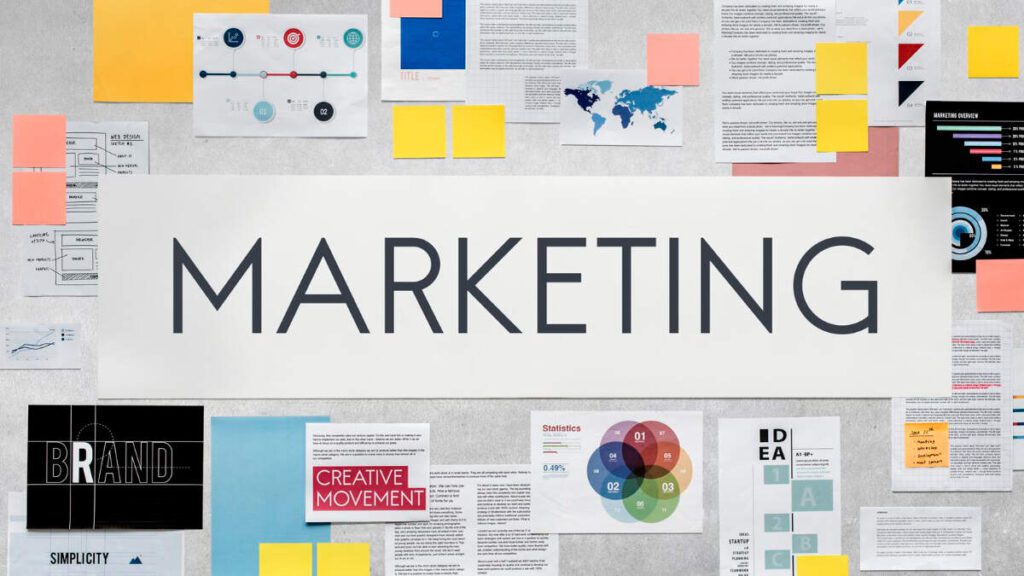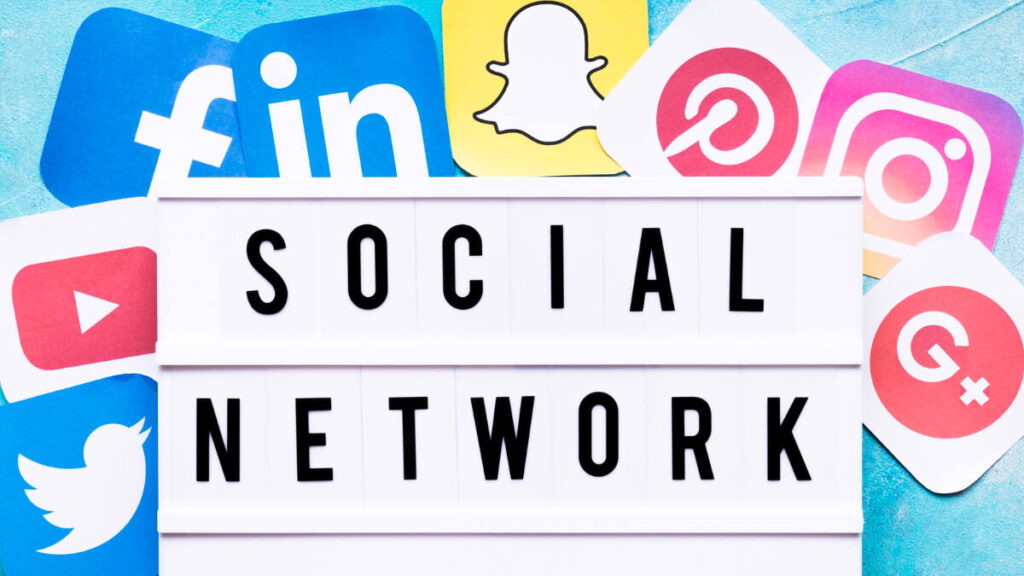Introduction
Artificial intelligence (AI) is no longer just a futuristic buzzword; it has become the core driver of innovation in today’s business landscape. In 2025, AI Marketing Trends are set to redefine how businesses connect with their customers, streamline decision-making processes, and significantly boost sales. From hyper-personalized marketing trends to automated content creation, AI empowers companies to transform overwhelming amounts of data into actionable insights.
- Introduction
- Hyper-Personalization: Tailoring Every Experience
- AI-Driven Chatbots: 24/7 Customer Support
- Predictive Analytics: Anticipating Customer Needs
- Voice Search Optimization: The Next Frontier
- AI-Powered Content Creation: Creating Content at Scale
- Visual Search: Revolutionizing E-Commerce
- Programmatic Advertising: Smarter Ad Buying
- Emotion AI: Connecting on a Deeper Level
- Automated Social Media Management: Saving Time and Resources
- Augmented Reality (AR) Marketing: Immersive Experiences
- Conclusion: Embrace the Future of AI Marketing Trends
This not only enhances customer engagement but also unlocks unprecedented opportunities for growth. By understanding and adopting these cutting-edge trends, businesses can stay ahead of the competition and make data-driven decisions with confidence. This article delves into the most influential AI Marketing Trends, their benefits, and practical steps to implement them effectively.
Hyper-Personalization: Tailoring Every Experience
Imagine that when you enter your favorite store, the employees are already familiar with your preferences. Thanks to AI, this level of personalized attention is now possible online. Hyper-personalization uses AI algorithms to analyze customer behavior, preferences, and purchase history to deliver customized recommendations.
For example, Netflix leverages AI to curate unique movie suggestions for each user. In 2025, hyper-personalization will surpass Netflix; businesses can create real-time product recommendations, personalized email content, and tailored social media ads.
Step-by-Step: How to Implement Hyper-Personalization
- Gather Data: Use tools like CRMs and analytics to collect customer insights.
- Choose AI Software: Invest in platforms like HubSpot or Salesforce with AI capabilities.
- Test and Adjust: Continuously analyze the results to refine recommendations.
These AI Marketing Trends aren’t just about customer delight—they directly impact sales performance. Companies adopting hyper-personalization report an average revenue boost of 20%.
AI-Driven Chatbots: 24/7 Customer Support
If you’ve ever interacted with a chatbot that felt human, you’ve already experienced the magic of AI-driven chatbots. These tools are becoming smarter, handling more complex queries without human intervention. By 2025, chatbots will be critical in reducing response times, improving customer satisfaction, and cutting support costs.
For example, a small clothing retailer implemented AI-powered chatbots to answer customer questions about sizing, shipping, and returns. The result? A 35% reduction in customer service workload and a significant increase in repeat customers.
Why You Should Invest
AI chatbots offer benefits beyond efficiency. They can analyze user interactions to provide insights into customer behavior, improving your marketing strategy. Chatbots will become a vital tool for companies of all sizes as AI marketing trends develop.
Predictive Analytics: Anticipating Customer Needs
For your company, predictive analytics is like a crystal ball. By analyzing historical data, AI can forecast customer behavior, market trends, and purchasing patterns, helping businesses stay ahead of the competition.
Consider a fitness brand that uses predictive analytics to identify customers likely to renew their gym memberships. The brand then targets these customers with timely offers and incentives, boosting retention rates.
Step-by-Step: Using Predictive Analytics
- Analyze Past Data: Use tools like Google Analytics to collect information.
- Integrate AI Models: Platforms like IBM Watson can help with predictive modeling.
- Apply Insights: Create marketing campaigns based on predicted customer needs.
These AI Marketing Trends transform uncertainty into actionable insights, enabling businesses to allocate resources efficiently and achieve better ROI.
Voice Search Optimization: The Next Frontier
Voice search is becoming a need rather than a curiosity. With devices like Alexa and Google Assistant becoming household staples, optimizing for voice search is crucial. By 2025, businesses will prioritize conversational SEO to capture voice search traffic.
For instance, a local bakery optimized its website for phrases like “best cakes near me” and “affordable wedding cakes.” As a result, they saw a 50% increase in local customers finding them through voice searches.
How to Adapt
- Use Conversational Keywords: Think about how people talk to voice assistants.
- Create FAQ Pages: Use a conversational tone while answering frequently asked questions.
- Leverage AI Tools: Use platforms like SEMrush for keyword optimization.
As part of the broader AI Marketing Trends, voice search optimization ensures your business remains discoverable in an increasingly voice-driven world.
AI-Powered Content Creation: Creating Content at Scale
Gone are the days when creating high-quality content was time-intensive. AI-powered content creation tools like Jasper and Copy.ai are revolutionizing how businesses generate blogs, social media posts, and video scripts. By 2025, this trend will enable businesses to produce engaging, relevant content faster.
A small tech startup once struggled to maintain its blog due to limited resources. After adopting AI tools, the company automated its blog creation, boosting website traffic by 30% in three months.
Why AI Content Creation Matters
- Saves Time: AI tools can create drafts in minutes.
- Enhances Creativity: AI suggests innovative angles for content.
- Improves Accuracy: AI reduces human error by analyzing large datasets.
With AI Marketing Trends pushing content to the forefront, this technology ensures businesses stay relevant and competitive. Pair these tools with a solid editing process to retain authenticity.
Visual Search: Revolutionizing E-Commerce
Visual search is changing how consumers shop online. Using AI, platforms like Pinterest and Google Lens allow users to find products simply by uploading images. This trend is reshaping the e-commerce landscape, making it easier for businesses to connect with their audience.
For instance, a fashion retailer integrated visual search into its website, enabling customers to upload pictures of clothing they liked. This led to a 40% increase in conversions within six months.
Step-by-Step Guide to Visual Search Optimization
- Optimize Images: Use high-quality photos with clear labeling.
- Leverage AI Tools: Platforms like Slyce offer visual search integration.
- Add Descriptive Metadata: Help AI algorithms understand your images.
These AI Marketing Trends ensure that your business remains visible in a tech-driven world where visuals speak louder than words.
Programmatic Advertising: Smarter Ad Buying
AI is used in programmatic advertising to automate the purchase and sale of ad space. By 2025, this trend will dominate digital advertising, ensuring ads reach the right audience at the right time.
For example, a travel agency used programmatic advertising to target frequent travelers with tailored promotions. This resulted in a 50% increase in ad engagement rates.
Benefits of Programmatic Advertising
- Efficiency: Automates tedious ad placement tasks.
- Better Targeting: Uses data to deliver ads to specific demographics.
- Real-Time Adjustments: Adjust campaigns based on performance instantly.
As one of the most cost-effective AI Marketing Trends, this strategy ensures every ad dollar is well-spent.
Emotion AI: Connecting on a Deeper Level
Emotion AI, or affective computing, analyzes customer emotions through facial expressions, voice tone, and other cues. By 2025, this trend will allow businesses to craft emotionally resonant campaigns.
For instance, a car company used Emotion AI to gauge customers’ reactions to their ads. They discovered that one ad elicited more positive emotions, leading to a 20% sales boost when it was aired during prime time.
How to Leverage Emotion AI
- Use AI Analytics: Platforms like Affectiva analyze emotional responses.
- Test Campaigns: Monitor which emotional triggers perform best.
- Adapt Messaging: Adjust campaigns to align with customer emotions.
These AI Marketing Trends help businesses build stronger emotional connections, leading to increased loyalty and conversions.
Automated Social Media Management: Saving Time and Resources
The days of manually managing social media are over. AI-powered social media tools like Buffer and Hootsuite automate posting schedules, analyze engagement, and even suggest content.
For instance, a beauty brand used AI to schedule posts during peak engagement times, increasing their social reach by 30% within weeks.
Step-by-Step: Automating Social Media
- Choose a Tool: Look for platforms with robust analytics.
- Set Goals: Define your KPIs (e.g., likes, shares, clicks).
- Monitor Results: Use AI insights to tweak your strategy.
These AI Marketing Trends streamline social media management, ensuring businesses can focus on strategy rather than execution.
Augmented Reality (AR) Marketing: Immersive Experiences
Augmented Reality (AR) is no longer limited to the gaming industry; it’s now reshaping how businesses market and showcase their products. By 2025, AR marketing will revolutionize shopping by enabling customers to “try before they buy” through interactive and immersive experiences. Imagine virtually placing furniture in your home, trying on clothes, or testing makeup shades without entering a store. Leading brands like IKEA already use AR to let customers visualize furniture in their living spaces via their app, reducing purchase uncertainty and minimizing returns.
How to Get Started
- Invest in AR Tools: Platforms like Unity make AR development accessible.
- Create Interactive Campaigns: Engage customers with immersive experiences.
- Track Results: Use analytics to measure campaign effectiveness.
These futuristic AI Marketing Trends are set to redefine customer engagement.AI Marketing Trends
Conclusion: Embrace the Future of AI Marketing Trends
The AI revolution is no longer a distant concept—it’s transforming marketing into a smarter, faster, and more strategic field. Businesses can tap into untapped growth potential by leveraging AI Marketing Trends like hyper-personalization, predictive analytics, and automated content creation. These technologies enable companies to craft campaigns tailored to individual preferences, forecast customer behavior precisely, and produce high-quality content at scale.
Beyond saving time and resources, these advancements make marketing strategies more targeted, data-driven, and customer-centric. Adopting AI ensures a competitive edge whether you’re an emerging startup or a global enterprise. Now is the time to embrace this evolution—invest in AI tools, harness their power, and watch your business thrive as you turn data into dollars.


